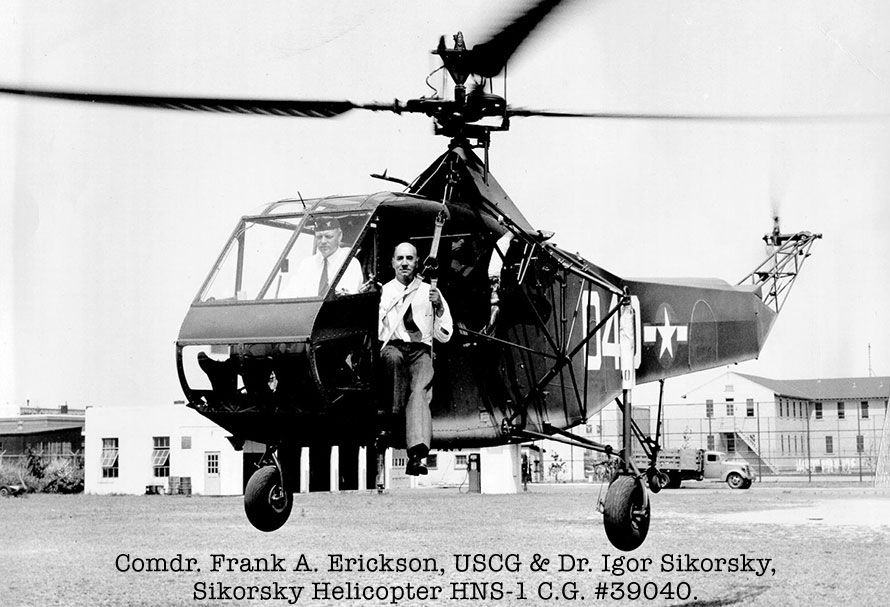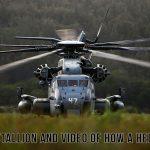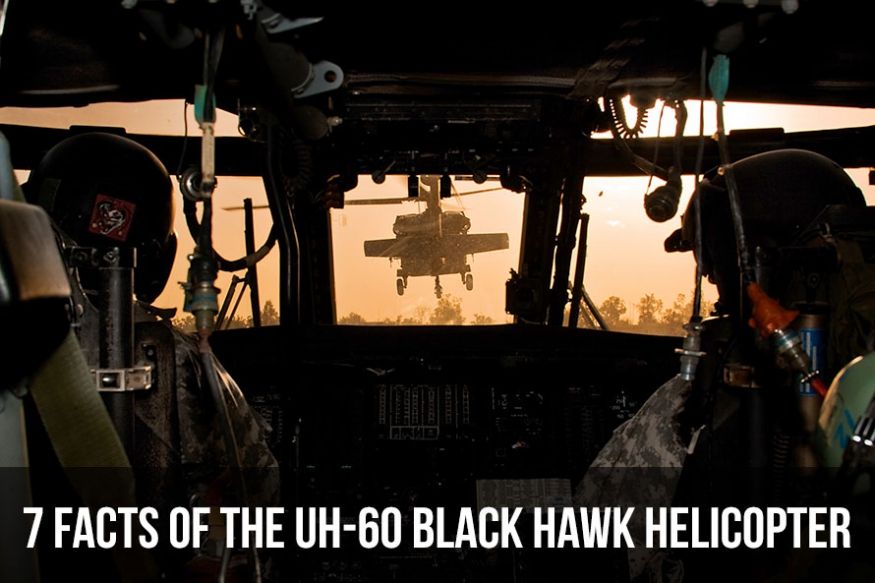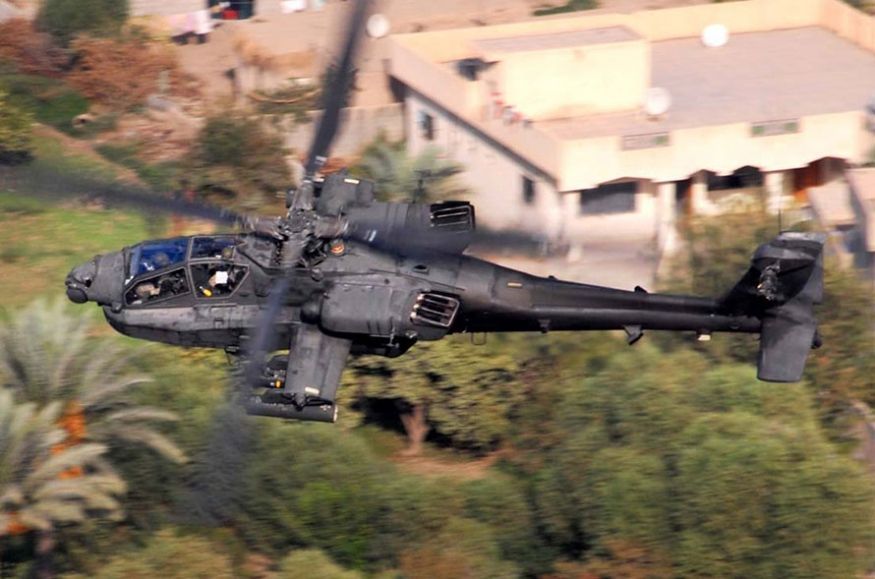The glider led to powered flight in a bi-wing that carried one man over longer distances with controls for sustained flight. Getting airborne was achieved, but then the goal became to carry more people over
Being able to fly above the trees may have been the carrot, but that carrot continued to move ahead as engineers worked to achieve even more with the fixed-wing aircraft.
In order for fixed-wing aircraft to get the lift necessary to leave the
Since Leonardo da Vinci drew his ornithopter in 1488, it was only a matter of time before someone invented the helicopter. The helicopter’s rotors act like the propellers on a plane, providing lift. A pilot adjusts the angle of attack on the rotors so the helicopter will climb or descend, move forward or backward, and even side-to-side. To counter the natural reaction of the body to spin in the opposite direction as the rotor, a second rotor just below or behind the main rotor spins in the opposite direction. Or, instead of two opposite spinning top rotors, a helicopter may have a tail rotor that counters the spin.
Rotary wing aircraft have advantages and disadvantages over fixed wings. Since the rotor blades are the wings that provide the lift, a helicopter can take off and land without needing a runway. I can also hover in one spot or move slowly over an area. But a helicopter’s disadvantage is it typically cannot fly as fast as a plane or carry as many passengers or cargo.
Though Leonardo da Vinci illustrated a helicopter-like design in the late 1400s, it would take 500 more years before a helicopter would be invented. A Russian-born engineer named Sikorsky may be the father of the modern helicopter, but he was not the first to achieve flight in a rotary aircraft.
Helicopter First Flights and Interesting Facts
- First Practical Helicopter – The VS-300 is the first practical helicopter. It was designed, built, and flown during testing by Igor Sikorsky. The VS-300 design was the first mass-produced helicopter and became the standard design for helicopters even today. On September 14, 1939, Sikorsky took his first tethered flight. His first free flight was May 13, 1940.
- The French and Helicopters – Two French men in two separate eras designed helicopters prior to Sikorsky.
- In 1907 Paul Cornu was the first to lift a craft that had two rotors rotating in opposite directions to cancel out the torque. Cornu’s machine was able to lift off the ground but required men holding onto it for it to remain stable.
- In 1922 Etienne Oechmichen made history with a helicopter that transported a person.
- The Germans and Helicopters – In 1936 Henrich Focke and Gerd Achgelis flew the first really functional helicopter. One year later their design executed an autorotation landing without the engine switched on.
- A helicopter has four flight control inputs
- Cyclic – changes the pitch angle of the rotor blades cyclically
- Collective – changes the pitch angle of all the main rotor blades collectively (i.e., all at the same time) and independent of their position
- Anti-torque pedals – controls the tail rudder, which controls the direction that the nose of the aircraft points
- Throttle – controls the power of the engine
- Autorotation – if a helicopter loses power due to an engine failure, a pilot can use a descending maneuver called the autorotation to safely hand his helicopter. With autorotation, a helicopter that loses power will not just drop out of the sky like a rock. An experienced pilot can still land the helicopter safely.
1st helicopter with 100% metal rotor blades was flown in 1944 by Stanley Hiller, Jr. who was 19 years old at the time. In 1949, Hiller became the first pilot to fly a helicopter across the United States.- Speed Record The fastest speed recorded by a helicopter is 293 mph.
- Farthest distance flying without landing the helicopter is 2213 miles
Plane and Helicopter Hybrid
An aircraft that provides the user short take-off capabilities along with fixed-wing speed is the U.S. Marine Corps’ V-22 Osprey. This aircraft is a hybrid between a helicopter and a plane. It can take-off and land like a helicopter, but once airborne, transitions its two rotors forward like a plane. Like a helicopter, it can take-off, land, and hover. Like a plane, it can carry more troops and cargo than a helicopter. Its capacity is up to 32 troops or 20,000 lb of internal cargo. It also has a cruising speed of 277 mph with a maximum speed of 316 mph. Its combat radius is 426 miles and a service ceiling of 25,000 feet. It provides the best of both worlds.
Military Helicopters
The U.S. military operated a helicopter as early as 1945 with the Sikorsky H-5. However, the Helicopter would earn its place as a valuable military asset during the Korean War. If you have watched the TV show M.A.S.H. and saw the medivac helicopter, then you have seen Bell Model 47 carrying the injured soldiers in litters on each side of the aircraft.
Today, the military helicopter is used by most countries around the world. The U.S. military operates fast attack helicopters like the Apache or Cobra, troop and cargo
Civilian Uses
Helicopters are wonderful tools. Beyond the military uses of transport, defense, and attack, civilian agencies helicopters are also used for fire fighting, law enforcement, search and rescue, medical transport, and tourism. The ability to access difficult spaces and remain on station, like when hovering down into a canyon on a search and rescue mission or dropping water on a forest fire, makes a helicopter a life-saving tool.
If maintained well, a helicopter can have a long service life. As the helicopter ages, so do the electronics the pilot depends on to keep it flying. Upgrading or completely replacing those avionics systems can be out of the budget for many
Duotech Services solves the engineering, reverse engineering, repair and re-manufacturing problems of military and civilian agencies, as well as aerospace and commercial users of electronic and electromechanical equipment in rotary-wing aircraft. Some of those platforms include the OH-58 Kiowa, UH-1 Huey, UH-60 Black Hawk, AH-1 Cobra, and AH-64 Apache. Duotech provides high-quality services to our customers within the budgeted schedule and maintains an AS9100C registration and is a qualified repair station for thousands of items. You can begin your Part Number Search or request a repair quote from Duotech today.
Also read: 7 Facts of the UH-60 Black Hawk Helicopter







